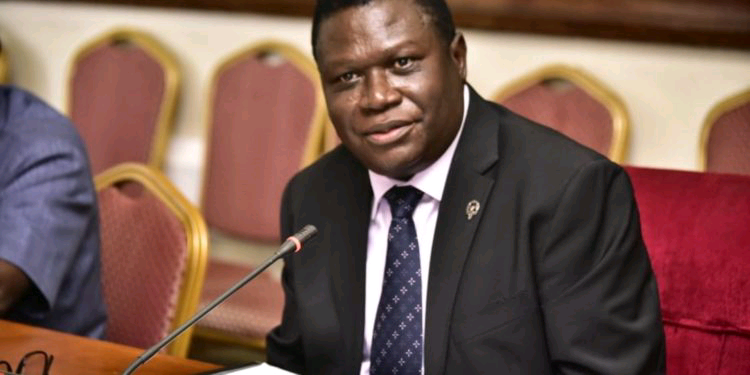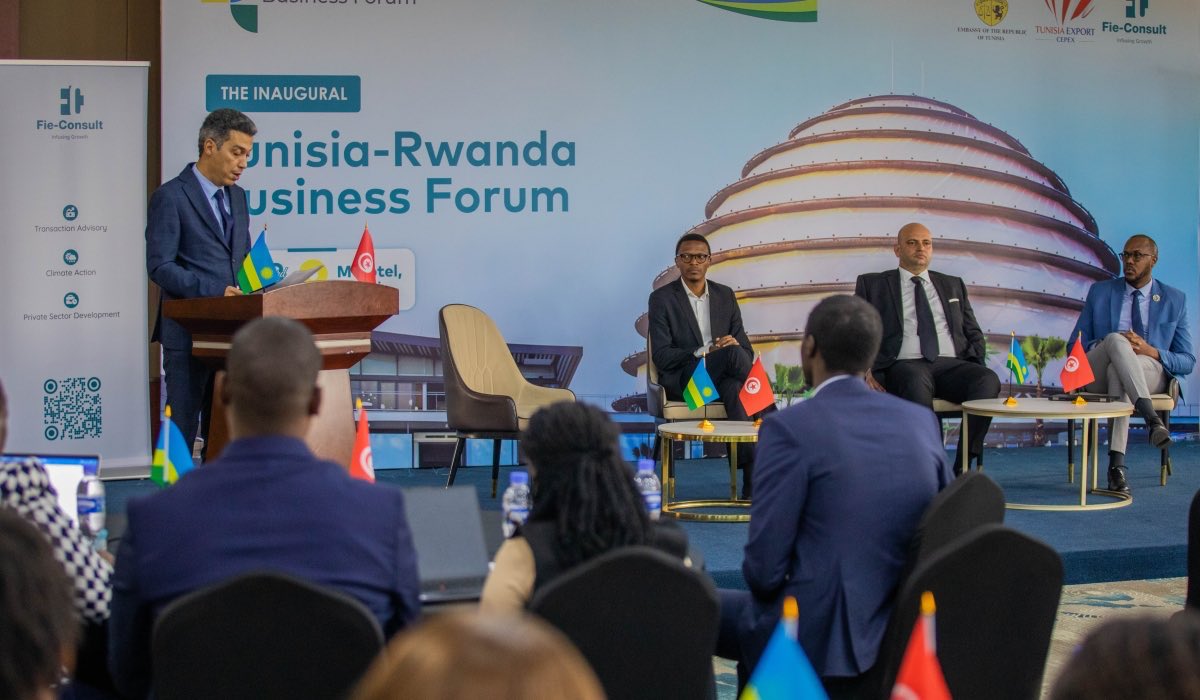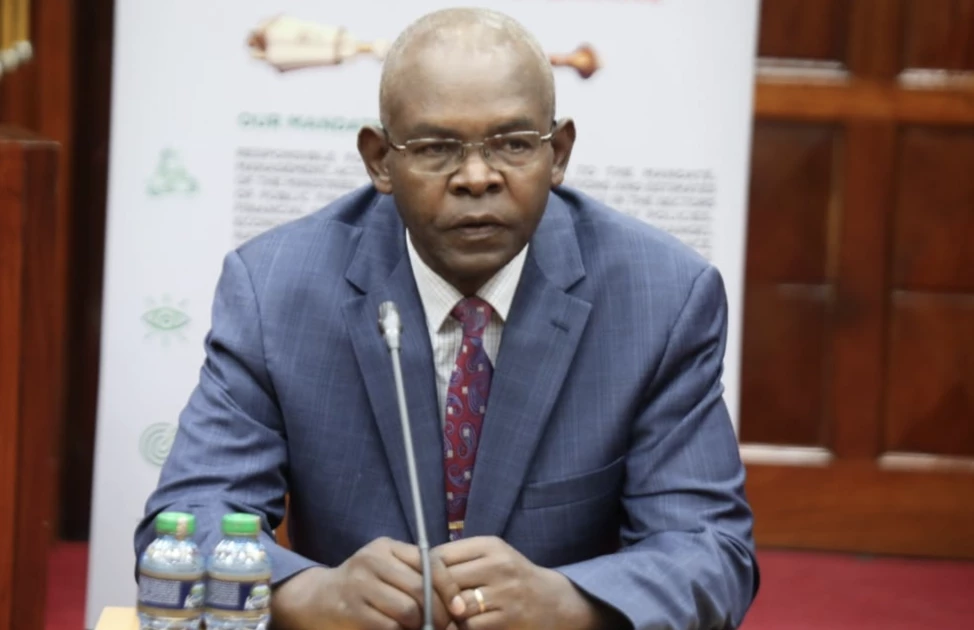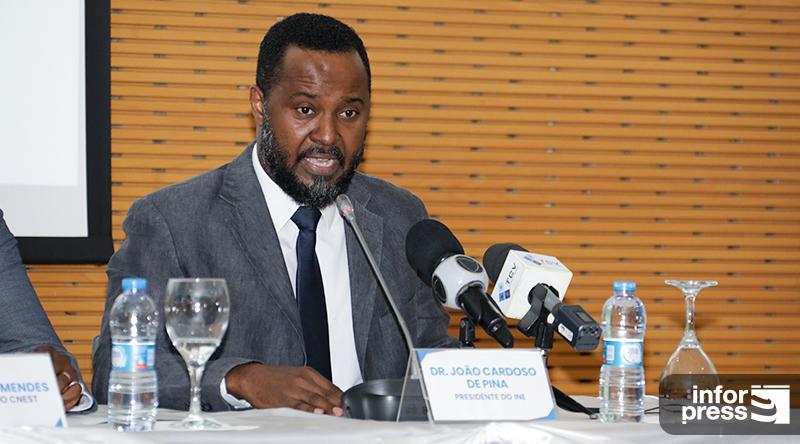Egypt Just Proved Decarbonization Can Be Bankable
Egypt’s USD 4 billion solar-plus-storage deal with Scatec ASA (OSE: SCATC) and EGX: EGAL turns carbon policy into capital strategy. By tying renewables to export-exposed industry, Cairo just built the first replicable blueprint for frontier-market decarbonization.
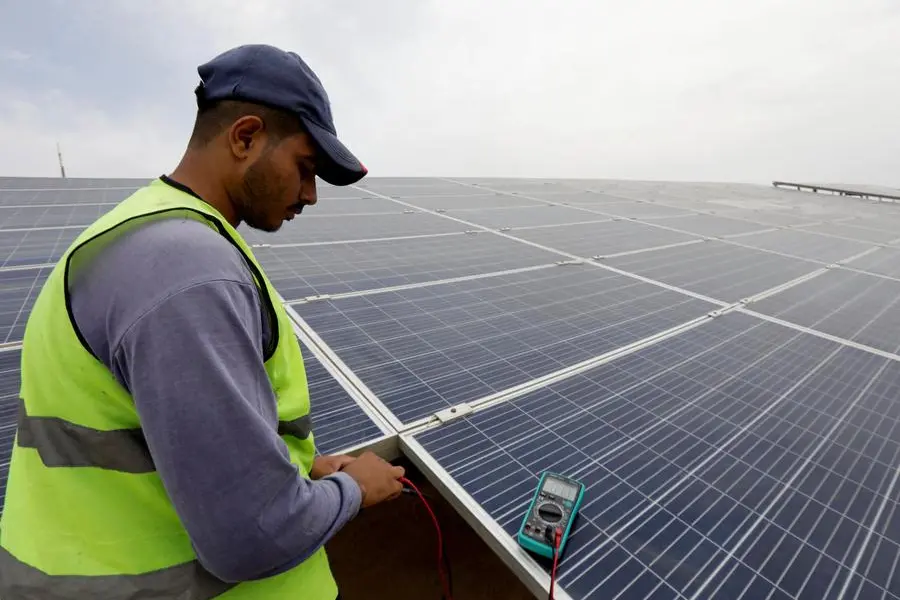
Independent analysts rarely call infrastructure memoranda turning points. Yet Egypt’s latest agreement with Scatec ASA (OSE: SCATC) to develop a 1.1 GW solar-plus-storage complex for the Aluminium Company of Egypt (EGX: EGAL) might earn that title. It captures a pivotal convergence of carbon-border regulation, industrial competitiveness, and multilateral finance—assembled into a template that other frontier markets can now study and replicate.
The project, estimated at up to USD 4 billion and backed by letters of intent from the EBRD, EIB, and AfDB, is less significant for its size than for its structure. A proposed 25-year, USD-linked power-purchase agreement (PPA) with partial sovereign backing would insulate lenders from exchange-rate risk and create a hard-currency revenue stream in a frontier market. The addition of 100 MW / 200 MWh battery capacity—while not truly base-load—smooths output enough to serve energy-intensive aluminium production. That blend of scale, de-risking, and industrial offtake is precisely what financiers have sought since the ESG boom collided with high global interest rates.
From a market perspective, the signal operates on several levels.
It first proves that frontier-market industrial decarbonization can now be financed on commercial terms. Until recently, low-carbon retrofits in developing economies were written off as unbankable—too risky, too illiquid, too exposed to FX loss. Egypt has demonstrated that with the right scaffolding—multilateral anchors, sovereign guarantees, and export-linked offtake contracts—carbon transition can attract private debt even at today’s global risk-free levels (US10Y ≈ 4.35 %, DXY ≈ 105.7). Analysts estimate the blended cost of capital could fall by 250–300 basis points versus an un-guaranteed local renewable project. In effect, the project imports the credit quality of its financiers into a frontier jurisdiction, compressing risk while preserving commercial returns.
Second, the deal puts a tangible price on “embedded carbon advantage.” The smelter’s expected 30 percent emissions reduction is less a green gesture than a hedge against the EU’s Carbon Border Adjustment Mechanism (CBAM), whose phased cost schedule begins in 2026. By locking in low-carbon power, EgyptAlum secures future EU market access that coal-powered competitors across Asia may forfeit. For investors tracking aluminium through LME contracts (ALI: CMX) or ETFs, this sets a precedent: low-carbon output from emerging economies can compete not on labor cost but on carbon intensity. As certification frameworks mature, analysts may begin valuing “green tonnes” at narrower discounts to Norwegian or Canadian output.
Third, the project enhances Egypt’s sovereign narrative. Investors long concerned about Cairo’s fiscal deficits and external debt now see evidence of delivery capacity—a quality often missing from frontier portfolios. Embedding the project within the government’s National Water, Food and Energy (NWFE) platform signals a shift from ad-hoc megaprojects to replicable frameworks. For holders of Egypt’s 2032 Eurobond (EGYP2032 ≈ 9.9 % YTM), that repeatability matters: each FX-earning, revenue-linked infrastructure venture improves medium-term external-liquidity prospects.
Globally, the structure could help reprice transition-credit risk. MDB-anchored, export-linked renewables tied to heavy industry combine the elements of project finance, sustainability-linked debt, and commodity hedging. For institutional investors seeking yield without full sovereign exposure, such hybrids offer quasi-sovereign credit backed by real-asset collateral. If replicated, Egypt’s model could seed what investors increasingly call industrial-transition infrastructure—a tradeable category of ESG-aligned assets spanning green loans, securitized tranches, and blended-risk pools.
The regional echo is already audible. Morocco’s phosphate producers, South Africa’s aluminium refiners, and Saudi downstream metal clusters all face CBAM-type pressures. Egypt’s template offers them a ready-made chassis: long-tenor USD PPAs, embedded storage, multilateral participation, and verifiable abatement metrics. For African policymakers, the symbolism cuts deep—the first credible, MDB-banked industrial-decarbonization deal did not emerge in Europe or the Gulf, but on the Nile.
Still, the signal carries a caveat. Sovereign guarantees may cheapen capital today but can accumulate contingent liabilities tomorrow. Replicating this model at scale will require evolving from direct guarantees toward blended-finance structures or pooled green-bond mechanisms. The challenge lies in preserving the credibility premium without overstretching the state balance sheet. Policy consistency—contract enforcement, FX transparency, and tariff discipline—will determine whether Egypt can transform a single project into a replicable financing architecture.
For ESG and transition-credit funds, the investment implication is immediate. Returns in decarbonization are shifting from avoidance (renewable generation) to abatement (industrial retrofits). Portfolios overweight in utility-scale renewables but underexposed to industrial transition risk missing the next yield curve. Egypt’s move invites a strategic reallocation—from energy production to energy substitution, from supply to efficiency yield.
At the macro level, the agreement hints at a new equilibrium in development finance. Frontier economies are no longer petitioning for climate funds; they are designing instruments that attract them. Multilateral banks, for their part, are evolving from grantors to credit enhancers. The outcome is a class of projects that satisfy both fiduciary metrics and climate targets. This is not aid—it is alignment.
That alignment carries global symbolism. A frontier economy with inflation near 11 percent just executed an industrial-decarbonization framework that institutional investors can model, rate, and replicate. It shows that climate transition, once a fiscal liability, is maturing into a monetizable asset class. Egypt has offered more than a PPA; it has delivered a financial prototype. And in global markets, prototypes matter more than press releases—they create precedent, liquidity, and, ultimately, confidence.


